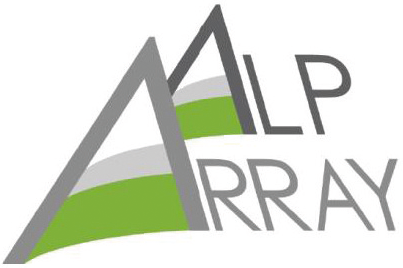F - 4D-Modelling
Thermo-mechanical models of Alpine mountain-building, beginning with the present configuration of tectonic plates in the Alpine-Mediterranean domain and reaching back to the onset of Tethyan rifting in Early Mesozoic time, possibly even to Late Paleozoic time when post-Variscan tectonics and magmatism cast the structural template on which the Alps were built. Parameterized 2D studies will be aimed at producing robust 4D forward models of Alpine-like mountain belts at 1-2 km of resolution and a million-year time scale. Thermo-mechanically consistent models for the Alpine evolution will be tested against available field and seismic data (Themes 1, 2, 3, 4).
3D models of the current Alpine mountain belt consistent with all available geological and geophysical observations. This will include integrating terrestrial and satellite gravity data with the new seismological observations. To this end, we will create a unified gravity database for the Alps using terrestrial and GOCE satellite data and compile homogeneous motion datasets for velocities from the available GPS networks (GAIN, EUREF, FreDNet, section VII) to constrain surface motion (Theme 4). By combining models of seismic velocity with phase petrology, velocities can be converted to density, enabling us to test the sensitivity of the gravity field to different structural models of the orogenic root and slab geometry (Theme 1). Lithospheric stress fields will be estimated by combining this new 3D data with dynamic models.


